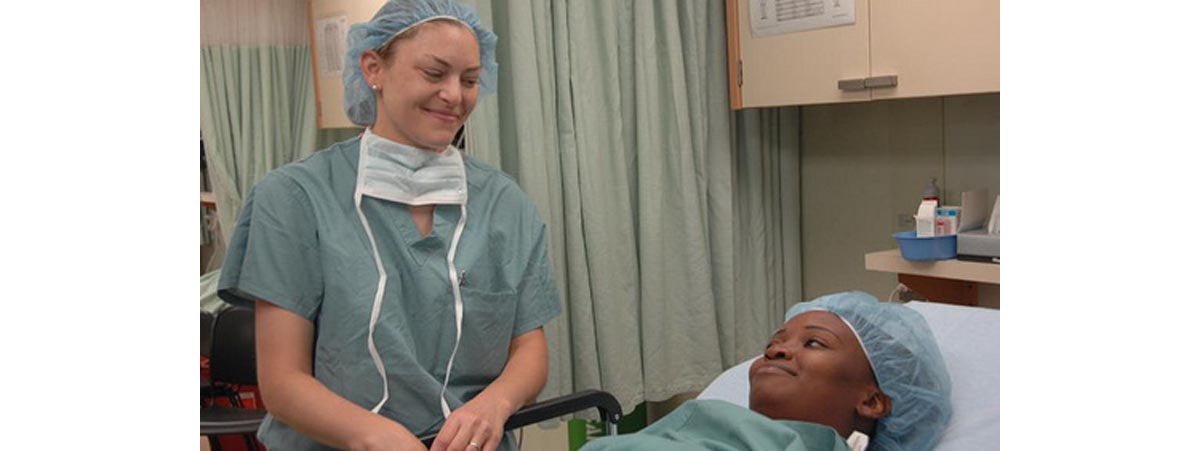Table of Contents
Why Choose Oophorectomy?
Dr Narod and his team are about to publish a study that shows a bilateral oophorectomy reduces death from breast and ovarian cancers by 70 percent in women with BRCA gene mutations — the removal of the ovaries brings down the risk of breast cancer as well as the risk of ovarian cancer.

What other options do women with these mutations have? A five-year treatment with the drug Tamoxifen reduces cancer outbreaks by 50 percent. The only other option is close monitoring to see if cancer appears, in an attempt to catch it in its earliest stages. MRI technology is the preferred option in that case, but it's also expensive.
Dr Narod seems to cheer for the oophorectomy team rather loudly. He points out that preventing cancer by removing the tissues that are at risk is easier than detecting cancer, and this is the the philosophy behind both mastectomy and oophorectomy before a person actually has cancer.
So drug treatment or careful monitoring can leave a woman in constant fear, and Tamoxifen has potential side effects that cause some women to simply stop taking it.
To offer every woman the opportunity to make an informed decision, Narod advocates universal genetic testing that costs much less than it does today.
Why Say No To Oophorectomy?
Oophorectomy removes the ovaries, and the fallopian tubes are often removed during the same procedure as well. Carriers of the BRCA1 gene are advised to have it done before age 35, while those carrying BRCA2 should have it done before age 40.
Those are awfully young ages to send women who might well want to have children into an early menopause, especially during a time at which huge numbers of women wait to start families until they are well into their thirties. Post-oophorectomy women can't get pregnant, and the same also goes for those who choose Tamoxifen (while they could conceive, getting pregnant on the drug is not allowed).
The list of possible complications of an oophorectomy appears to be almost endless. Heart disease, high blood pressure, stroke, cognitive impairment, dementia, parkinsonism, anxiety, sleep disturbances, depression and osteoporosis. Estrogen replacement therapy is available, but scientists are still debating if this helps sufficiently.
Angelina Jolie is a role model to many, for many reasons. Her acting career and her work for the United Nations won admiration, and her decision to have a double mastectomy may have inspired countless women who carry BRCA mutations to look into the benefits and disadvantages of the same procedure.
So why, yet again, did she not really talk about her decision to not have an oophorectomy right now, beyond noting that she "started with the breasts"?
Probably because, as you see, this is a hugely complicated and personal decision in which risks and benefits are not clear cut. An oophorectomy is the right decision for some women, and the wrong decision for others.
It is up to the high-risk individual herself to explore the pros and cons of both options with her healthcare providers.
- Photo courtesy of Gage Skidmore by Flickr : www.flickr.com/photos/gageskidmore/4839882457/
- Photo courtesy of Spc. Eric J. Cullen by Wikimedia Commons : commons.wikimedia.org/wiki/File:US_Navy_090527-A-4455C-005_Capt._Samantha_Wigeand_smiles_at_her_patient,_Yimana_Garcia,_before_Garcia's_surgery_aboard_the_Military_Sealift_Command_hospita


Your thoughts on this